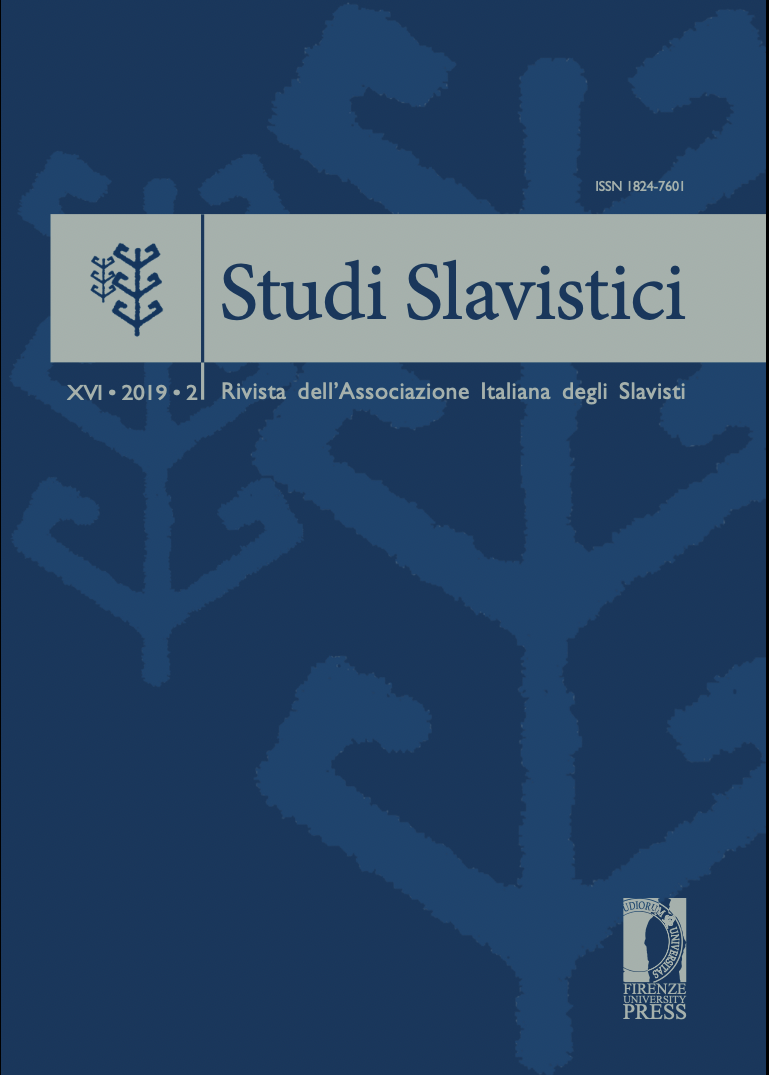Abstract
The Cyrillic alphabet as a whole and some individual characters belonging to that alphabet in particular have always been associated in the conservative Orthodox mind with tradition, faith, patriotism and a glorified past. While reformers declared that they looked at the alphabet from the point of view of its functionality, traditionalists endowed its letters with various ideological, cultural and aesthetic values. This article considers the following evaluative approaches to the Cyrillic letters: 1. The mystical iconicity of some Cyrillic letters based on the shape of the characters. 2. Various arguments in defence of the letters excluded from the Russian alphabet in 1918. 3. The mythologisation of these arguments (The Old Believers’ spiritual verse of the 1990s). The main purpose of the article is to show the ways in which the ideology is hidden or openly reflected in all the arguments, including those that are purely technical or aesthetic.


